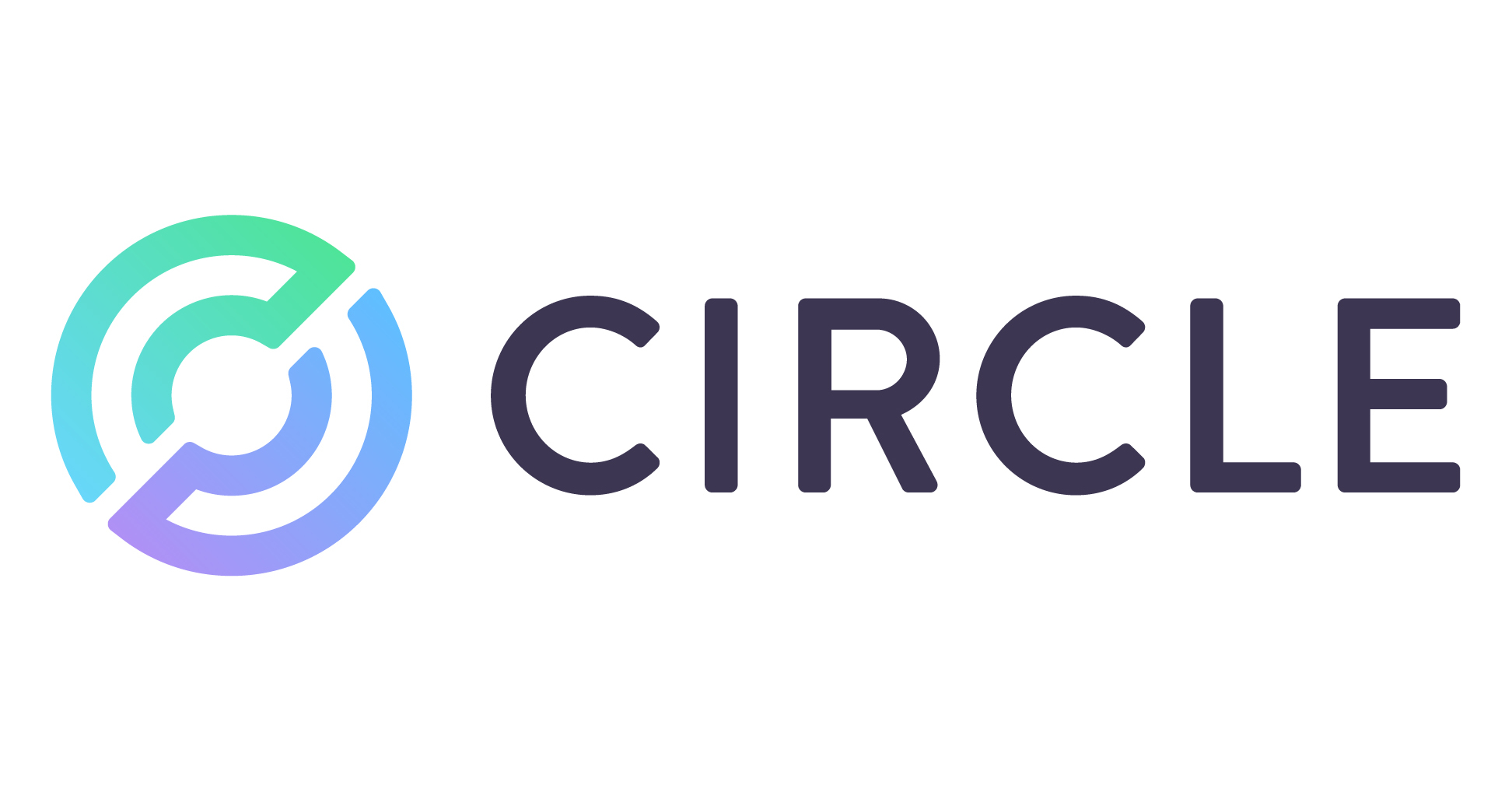Circle, sets course for France

The issuer of the stablecoin USD tokens (and the lesser-known Euro Coin) has filed an application for registration with the Autorité des Marchés Financiers. A strategic move for this crypto player and further proof of the attractiveness of France and Europe in the Web3.
FACTS
-
Jeremy Allaire, the co-founder and president of stablecoin (currency-indexed cryptocurrency) issuer USDC Circle, has announced its registration as a digital asset service provider (DASP) in France.
-
Circle also announces its registration as an e-money issuer: an important formality for the company that operates the digital currencies USD Coin and Euro Coin (EUROC).
-
The U.S. banking storm has also affected cryptocurrencies. The USDC recorded a significant loss last week, falling to $0.87, a real loss of inking with the dollar.
-
In addition, there was a real panic when Circle announced that it owned $3.3 billion in the Silicon Valley bank.
CHALLENGES
-
France as a pole of attractiveness for cryptocurrency: this regulatory move demonstrates Circle's commitment to expanding its business in Europe, where France would become the company's main operations center.
-
Anticipating regulations and regulation: the accreditation procedure with the French Financial Markets Authority (AMF) was strengthened in February after the FTX scandal. Circle aims to make France a center for regulatory research.
-
A potential relocation to France: the tightening of U.S. regulations is not unrelated to this relocation. Circle has not yet specified how many jobs it wishes to create, nor how much investment is planned in France. But Jean-Noël Barrot (Minister for the Digital Transition) has strongly insisted on this move by Circle in France. For him, this decision (after Binance or Crypto.com) confirms France's potential to become a Web3 hub.
MARKET PERSPECTIVE
-
Circle's second stablecoin backed by the euro, was launched in June 2022. According to Coingecko, it is the 627th cryptocurrency, with a value of $31 million, while USDC is at $36 billion, making it the 5th largest crypto-currency in the world and second stablecoin after USDT.
-
After the FTX bankruptcy, US authorities have stepped up oversight of crypto players everywhere: from exchanges (Kraken, Robinhood, KuCoin) to banks (Signature Bank) to stablecoins like Paxos. For example, the issuance of Binance USD has been banned since February.
-
In February 2023, a Finnish fintech issued EUROe, a stablecoin linked to the euro. This value is to be backed by euros deposited in the vaults of European banks and institutions, and in Spain, the fintech MONEI is currently testing a European stablecoin project with the Bank of Spain.
